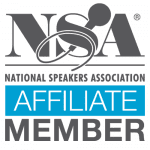Winter Storm Stella is currently wreaking some woman-scorned fury on the Northeast. To all of our friends enduring a wicked Nor’easter in March: stay warm, and stay safe up there!
Mind-bending boredom is often sitting shotgun when riding out a storm, so what better time to shore up your article writing aptitude? When you’re huddled under a blanket, spooning cold Spaghetti-o’s from a can, the outlook can appear pretty bleak. A bit of professional productivity can ease the wintry doldrums. Here are some key tips when crafting an article that turns heads and creates opportunities.
- Snappy introductions are your friend
If you want to get your message across, you have to first grab the reader’s attention—and hold it. Your introductory paragraphs are where you let your style and personality shine, which constructs the article framework to support the bulk of your content. Introduce a problem that you will solve for the reader in ensuing paragraphs. Careful to not tie your introduction to a particular time or recent event, as it’s the equivalent of putting an expiration date on your expertise. Utilize the final few sentences to pivot to your main points.
- Forgo the fluff, Format accordingly, Focus on solving the reader’s problem
You an interweave callbacks to your introduction into the “meat” of your article to provide some fluid continuity, but the middle of the article should focus on solving the problem that you present to the reader in your introduction. Avoid going down the rabbit hole of unnecessary tangents and superfluous information. This is the quickest way to lose the reader.
Focus on the reader, not yourself. Put bluntly, people aren’t picking up an article to peruse your memoirs. Readers are seeking your content, your solutions to their everyday problems, and hard-and-fast methods to put them into practice. Steer clear of “I”, “Me,” and “We” statements at all cost. Self-referential anecdotes are best saved for blog posts and autobiographies. Adjust these to a second-person perspective—reader-focused. Information about you is best reserved for your resource box, which I will touch on in a bit.
Article formatting is essential. Bulleted subsections, numbered lists, or acronyms can work wonders for the impact of your writing. Your aim should be to create catchy subheadings that highlight an idea, and elaborate in a paragraph or so to reinforce your thoughts. 75-100 words per section is a standard, effective benchmark to work toward. The customary length for articles is 800-1,000 words, so 4-6 of these individual sections will have you cruising to your conclusion.
- Reiterate, Reinforce, Wrap-Up
Your conclusion should circle-back to your introduction, and work as veritable in-article CliffsNotes for the reader. Reiterate your main points, reinforce your reasoning for them, and tie a nice bow on the piece. Conclusions are often the simplest to write, as you can just touch on the main points you examine in earlier paragraphs.
- Reel ‘em in with your resource box
This is where you highlight your career accomplishments, emphasize your expertise, and provide a call to action for the reader. The resource box is a mini “About the Author.” If you’re a speaker seeking an increase in opportunities, make sure you underscore your speaking ability and availability. Just release a new book? Mention it here. A renowned career coach or consultant? Provide the reader with an example of a success story that gets the phone ringing. Keep it between 50-75 words and close with your URL.
These tips don’t merely apply to our snowed-in neighbors to the north. Any time is a good time to up your article writing prowess. Utilize these keys to increase your article’s readability and effectiveness.






Leave a Reply